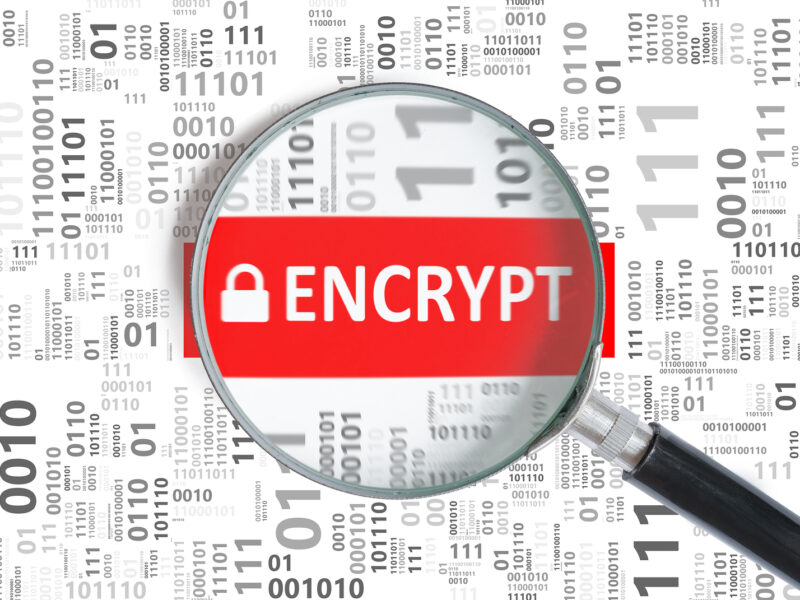As cloud computing continues to grow in popularity, securing data in the cloud has become one of the biggest concerns for businesses and individuals alike. Cloud security involves a series of policies, technologies, and controls designed to protect data, applications, and the associated infrastructure. This article provides a comprehensive overview of cloud security and offers strategies for safeguarding your data.

1. What is Cloud Security?
Cloud security refers to the technologies, policies, controls, and services that protect cloud computing environments, data, and applications. It encompasses various aspects, such as:
- Data Protection: Ensuring that stored, in-transit, and processed data are secure from unauthorized access.
- Access Management: Controlling who can access cloud data and services through user authentication, authorization, and encryption.
- Risk Management: Identifying and mitigating risks in cloud environments, including breaches, data loss, and unauthorized activities.
2. Why is Cloud Security Important?
Cloud security is vital because:
- Data Sensitivity: Many businesses store sensitive customer data and intellectual property in the cloud, making it a prime target for cyberattacks.
- Shared Responsibility: In the cloud, security responsibility is shared between the service provider and the customer. You must protect your data, even if the cloud provider ensures infrastructure security.
- Compliance: Businesses need to meet regulatory standards such as GDPR, HIPAA, and PCI-DSS, which require a high level of data security.
Tip: Always understand the shared responsibility model of your cloud provider to know your security obligations.
3. Common Cloud Security Threats
Understanding the common threats to cloud environments is the first step in protecting your data. These threats include:
- Data Breaches: Hackers may gain unauthorized access to sensitive information.
- Insecure APIs: Poorly secured APIs (Application Programming Interfaces) can lead to vulnerabilities.
- Insider Threats: Employees or third-party vendors with access to data can inadvertently or maliciously leak information.
- Account Hijacking: Cybercriminals can gain control of cloud accounts through phishing or weak passwords.
- Data Loss: Unintentional data deletion or cyberattacks such as ransomware can lead to permanent loss of critical information.
4. Key Components of Cloud Security
To secure your cloud environment, there are several critical areas you should focus on:
- Encryption: Encrypting data both at rest and in transit ensures that only authorized users can access sensitive information.
- Access Controls: Implement strong identity and access management (IAM) policies, such as multi-factor authentication (MFA), to limit access to authorized users.
- Firewalls and Intrusion Detection Systems (IDS): These tools help detect suspicious activities and prevent unauthorized access to cloud networks.
- Regular Audits: Performing security audits ensures that your cloud environment meets the required security standards and best practices.
Tip: Always choose a cloud provider that offers robust encryption services and strong authentication measures.
5. Best Practices for Protecting Data in the Cloud
Here are some proven strategies to protect your data in the cloud:
a. Use Strong Authentication and Identity Management
Implement multi-factor authentication (MFA) to add an extra layer of security for user accounts. Combine it with strong password policies and regular updates to limit unauthorized access.
b. Data Encryption
Ensure that data stored in the cloud is encrypted. Cloud providers offer built-in encryption solutions for data at rest and in transit. However, you may also want to implement your own encryption to maintain full control over decryption keys.
c. Backup and Disaster Recovery
Create automated backup schedules and maintain multiple copies of your data in separate geographical locations. A solid disaster recovery plan helps mitigate the impact of accidental deletions, hardware failures, or cyberattacks.
d. Limit Access Based on Roles
Follow the principle of least privilege by limiting user access only to the data and applications they need. Role-based access control (RBAC) can help you enforce these policies.
e. Monitor Cloud Usage and Activities
Use tools to monitor cloud activity and alert you to suspicious behavior. Cloud Security Posture Management (CSPM) tools automatically assess your cloud environment for vulnerabilities.
6. Cloud Security Models
Cloud providers offer different types of service models, each with its own security considerations:
- Infrastructure as a Service (IaaS): You control the operating systems and applications, while the provider manages the infrastructure security.
- Platform as a Service (PaaS): The provider manages the underlying infrastructure, but you are responsible for securing the applications and data you deploy.
- Software as a Service (SaaS): The provider handles most of the security responsibilities, but you need to protect your account and user access.
Tip: Choose the service model that best suits your organization’s needs while considering the security requirements for each.
7. Compliance and Cloud Security
Meeting regulatory standards is a critical part of cloud security for businesses. Popular compliance frameworks include:
- General Data Protection Regulation (GDPR): For businesses operating in or dealing with data from the European Union, GDPR enforces strict data protection requirements.
- Health Insurance Portability and Accountability Act (HIPAA): Organizations in the healthcare sector must ensure data privacy and security as per HIPAA.
- Payment Card Industry Data Security Standard (PCI DSS): Companies handling credit card information must follow PCI DSS guidelines to protect sensitive payment data.
Cloud providers often offer compliance certifications, so ensure that your chosen provider meets the required industry standards for your business.
8. Choosing a Secure Cloud Provider
Selecting a cloud provider with robust security features is essential for protecting your data. Look for providers that offer:
- End-to-End Encryption: Data should be encrypted both in transit and at rest.
- Compliance Certifications: Ensure the provider complies with industry-specific regulations.
- Strong Security Protocols: Features like MFA, intrusion detection, and regular security updates should be part of the offering.
- Service-Level Agreements (SLAs): Verify the uptime and data recovery guarantees offered by the provider.
Conclusion
Securing data in the cloud is essential for businesses and individuals who rely on cloud services for storage and operations. By understanding the common threats, leveraging the right security tools, and adhering to best practices, you can protect your cloud data from breaches and attacks. Stay informed, implement strong security measures, and choose a reliable cloud provider to ensure your data remains safe in the cloud.
Start building your secure cloud strategy today and protect your digital assets from potential threats!



Thanks
☕☕☕
💕💕💕